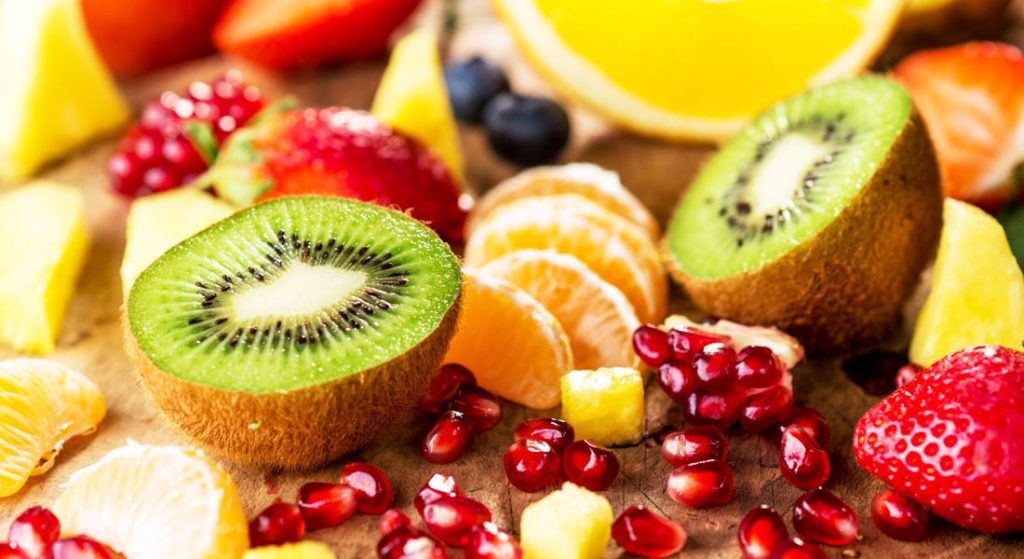With a recent focus on reducing the glycemic index of the foods we eat, nutritionists and dietitians are often bombarded by questions about fruit: Is fruit good for me? What about the sugar? Am I eating too much fruit? What’s the best type of fruit to eat?
Many modern diet plans limit how much fruit can be eaten and when it should be eaten. The rationale here is that fruits contain carbohydrates which, if eaten in excess, can throttle weight loss plans. Too much carbohydrate from fruit can prevent weight loss or even can make you gain weight. The reality, though, is most people simply don’t get enough fruit in their diet and there are many fantastic reasons to continue to enjoy your favourite fruit.
Fruit is a great source of fibre, potassium, vitamin C, and folate – nutrients that help guard against disease. A diet rich in fruit has been linked to lower rates of heart disease, stroke, high blood pressure, cataract and even type 2 diabetes. Along with those nutrients, you also get carbohydrates, mainly in the form of natural sugar known as fructose. One medium apple has 25 grams of carbohydrates and 95 calories, 1 medium banana has 27 grams of carbohydrates and 105 calories, and 1 cup of blueberries has 21 grams of carbohydrates and 84 calories.
It is important to note, though, that if you are trying to lose weight, you can’t eat all the fruit you want. It is recommended that an adult should consume 7 to 10 servings of vegetables and fruits combined per day. Of these servings, you can comfortably enjoy 4 to 5 servings of fresh fruit (fruit cocktail in a can doesn’t count). One fruit serving is equivalent to 1 medium sized fruit, ½ cup of berries or fresh cut up fruit, ½ a grapefruit, mango or papaya, ¼ cup of dried fruit or ½ cup of 100% fruit juice. Unlike whole fruit, fruit juice lacks fibre so it doesn’t fill you up; make sure to keep your portion to ½ cup.
If your diet lacks fruit, the following strategies will help you increase your intake:
- Keep fruit at work. Apples, bananas, pears and dried fruit can be kept in your desk so you’ll have a healthy snack on hand when you feel hungry.
- Keep a bowl of fresh fruit visible on the kitchen counter or desk to encourage healthy snacking.
- Include fruit at breakfast. Make a fruit smoothie with milk or soy milk, berries and ½ a banana. Or top a bowl of breakfast cereal with fresh berries.
- Serve fruit for dessert such as fresh fruit salad, fruit kebabs, frozen grapes, etc.
- Add fruit to salads. Toss dried or fresh berries, orange segments, or apple slices into green and whole grain salads.
- For convenience, buy packages of frozen berries or cut fruit to add to smoothies. Pick up a fresh food salad or pre-cut fresh fruit from the deli section of your grocery store.
Sources:
- Centers For Disease Control; About the Buzz: The Sugar in Fruit and Table Sugar Are Basically the Same?
- “Journal of Nutrition”; Dietary Sugars Stimulate Fatty Acid Synthesis in Adults; Elizabeth Parks, et al.; June 2008



